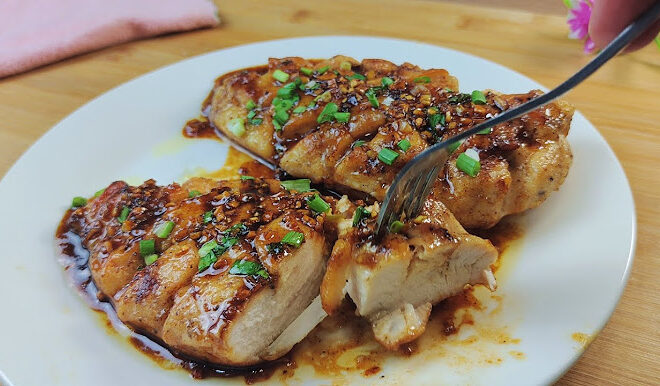
From Vine to Glass: Exploring the Art of Winemaking
Winemaking is an age-old craft steeped in tradition and artistry. From the meticulous cultivation of the vines to the careful blending and aging process, winemaking is a labor of love that results in the creation of a beautiful and complex beverage. Join us as we take a journey through the various stages of winemaking and gain a deeper appreciation for the art behind each glass of wine.

Exploring the Art of Winemaking
1. The Vineyard: Nurturing the Grapes
The first step in winemaking begins with the cultivation and management of the vineyard. Exploring the different grape varietals, terroir, and climate factors that influence wine production provides a fascinating insight into the art of winemaking. We delve into the meticulous process of pruning, training, and caring for the vines to ensure the production of healthy and flavorful grapes that will ultimately shape the wine’s character.
2. Harvest and Sorting: Selecting the Best Grapes
Once the grapes have reached their optimal ripeness, it’s time for the harvest. Winemakers meticulously handpick the grapes or employ mechanical harvesting techniques to gather the fruit at the peak of its flavor potential. Sorting the grapes is a crucial step, where only the best quality grapes make the cut. Witnessing this careful selection process brings to light the attention to detail and commitment to quality that winemakers possess.
3. Crushing and Pressing: Unlocking the Juice
After the grapes have been sorted, they undergo the process of crushing and pressing. This step allows the winemaker to obtain the juice necessary for fermentation. Discover the different techniques employed for crushing and pressing, from using traditional methods such as stomping on grapes to utilizing modern technology. Witnessing the transformation of whole grapes into juice showcases the winemaker’s skill in extracting the essential flavors and aromas from the fruit.
4. Fermentation: Transforming Sugar into Alcohol
Fermentation is where the magic truly unfolds. Yeast interacts with the grape juice, converting the natural sugars into alcohol and carbon dioxide. This process, carefully controlled by the winemaker, gives the wine its distinct character, flavor, and aroma. Explore the various fermentation techniques used in winemaking and understand how each choice impacts the final product.
5. Aging and Blending: Crafting the Perfect Balance
After primary fermentation, the wine may undergo secondary fermentation or be aged in barrels or tanks. This stage allows the flavors to develop and mature, creating complexity and depth. Winemakers also have the opportunity to blend different grape varieties or wines to achieve the desired taste profile. Uncover the art of barrel aging, the influence of oak, and the masterful skill required to create harmonious blends that capture the essence of the vineyard and grapes.
6. Bottling and Cellaring: Preserving the Wine’s Integrity
The final stage in winemaking is bottling and cellaring. Witness the careful process of filling each bottle, sealing it, and protecting it from external factors that could compromise its quality. Additionally, learn about the importance of proper storage and aging of wine, as cellaring can transform it into something truly exceptional.
Conclusion
Winemaking is undoubtedly an art form that combines the precision of science with the creativity and passion of the winemaker. From nurturing the grapevine to crafting the wine’s final blend, each step in the process demands dedication and skill. By understanding and appreciating the intricate details of winemaking, we can fully savor the artistry that goes into each glass of wine. So, the next time you raise your glass, remember the journey it took, from vine to glass, and toast to the art of winemaking.


